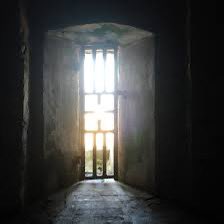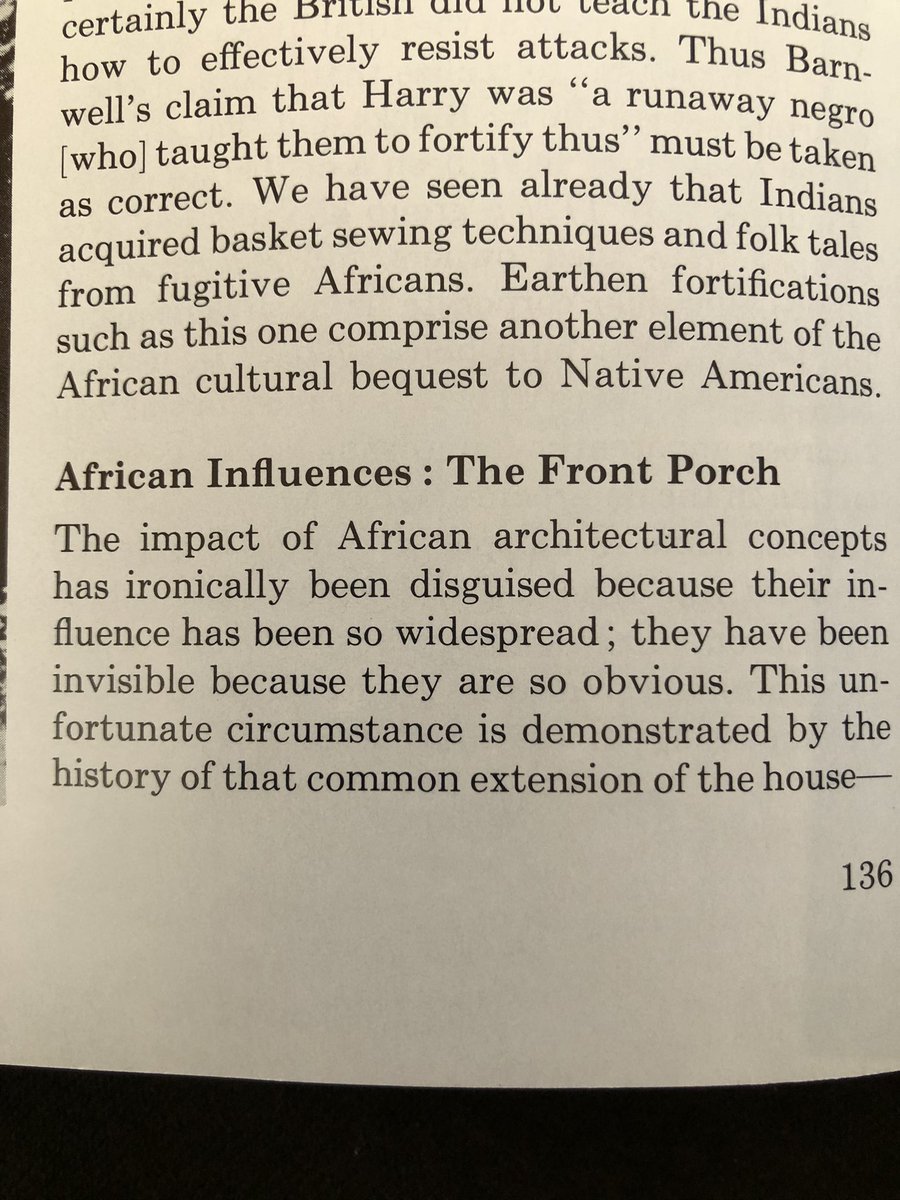Did y’all know the official State Historical Song of Georgia is the Gullah Geechee spiritual “Kumbaya?” The song is also known by other titles such as “Kum Ba Yah,” “Come By Yuh,” and “Come By Here.” 

Griffin Lotson, a member of the Gullah Geechee Cultural Heritage Commission, led the successful effort to get the song recognized as the official State Historical Song of Georgia. The Georgia Senate passed a resolution in February 2017.
Kumbaya,” once one of the most popular songs in the folk revival of the 20th century, has more recently become the subject of misplaced scorn. In its heyday, from the 1950s through the 1990s, the song was recorded by a who’s who of folk singers, including the iconic Odetta. 

This is the first known recording of the song being sung in as it was known then “Sea Islands Creole Dialect” by a Gullah Geechee man identified just as as H. Wylie. loc.gov/item/ihas.2001…
Now what I didn’t know was the tomfoolery around who wrote the song. Y’all some jumped up white evangelical music composer claimed he wrote it. This is a grave marker near his home in — wait for it — upstate New York. 
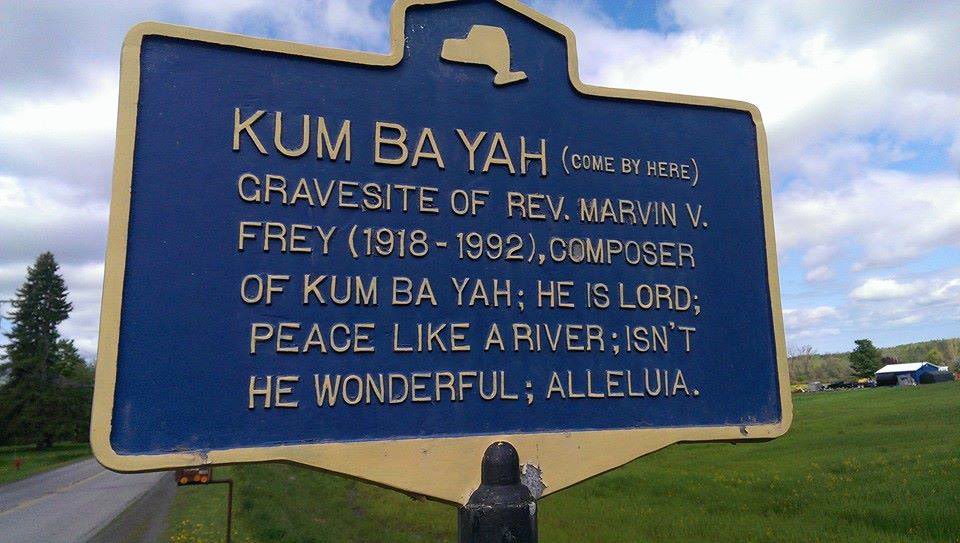
Here’s a blog post that breaks it all down for you. The artwork is by Charleston artist Jonathan Green — the most famous Gullah Geechee visual artist in the world. annecbailey.blogspot.com/2018/02/gullah… 
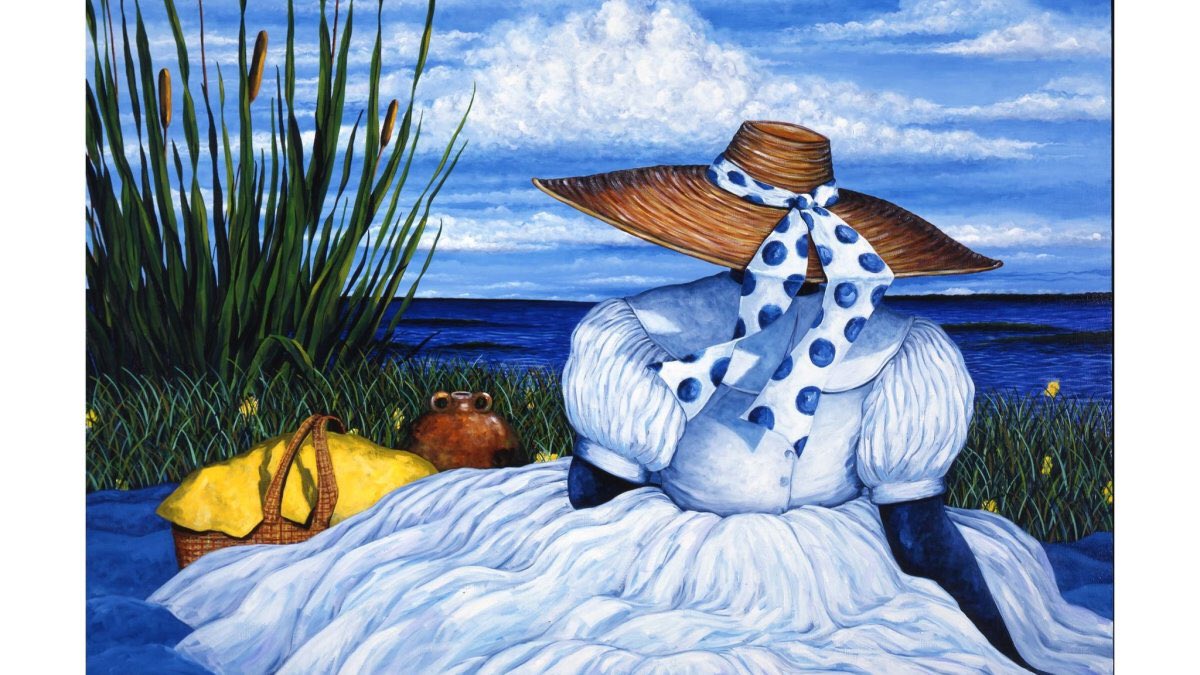
Read this article to take a deep dive into how the song became musically thought of as a children’s campfire song, and ultimately shorthand for the touchy-feely, the consensus seeking, the wishy-washy, and the meek. 🤓 blogs.loc.gov/folklife/2018/… 
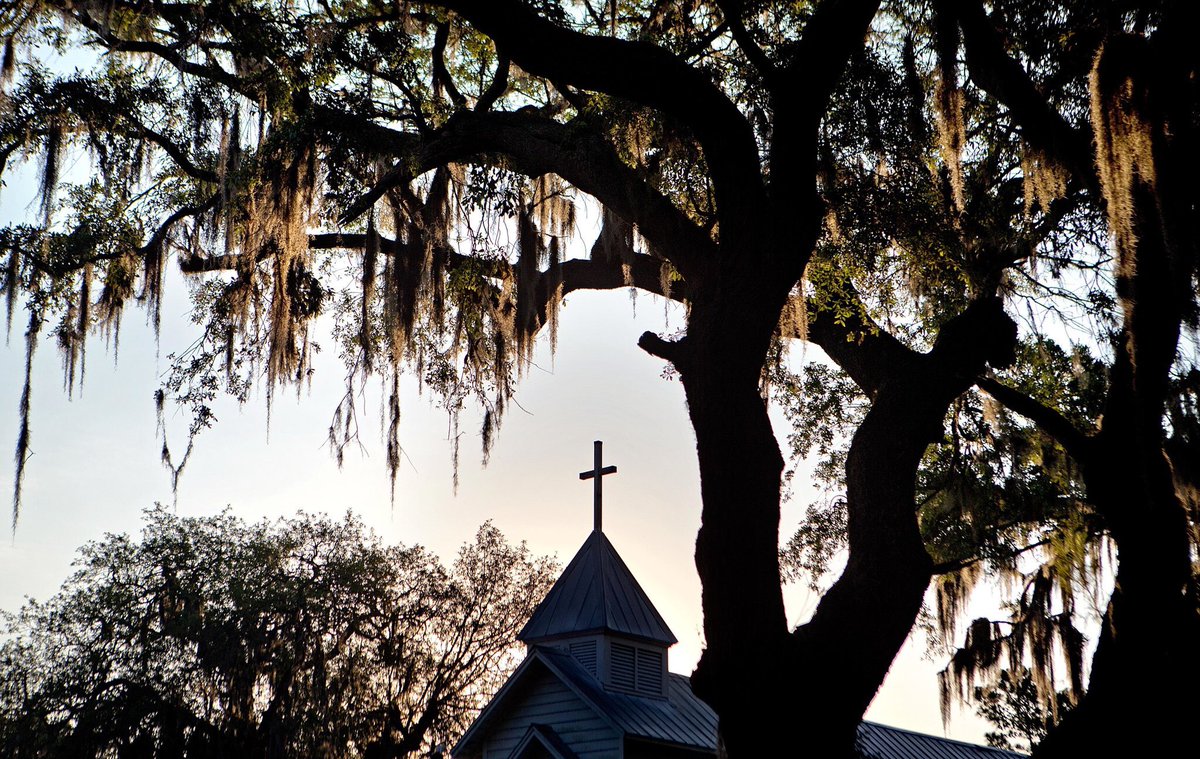
• • •
Missing some Tweet in this thread? You can try to
force a refresh



